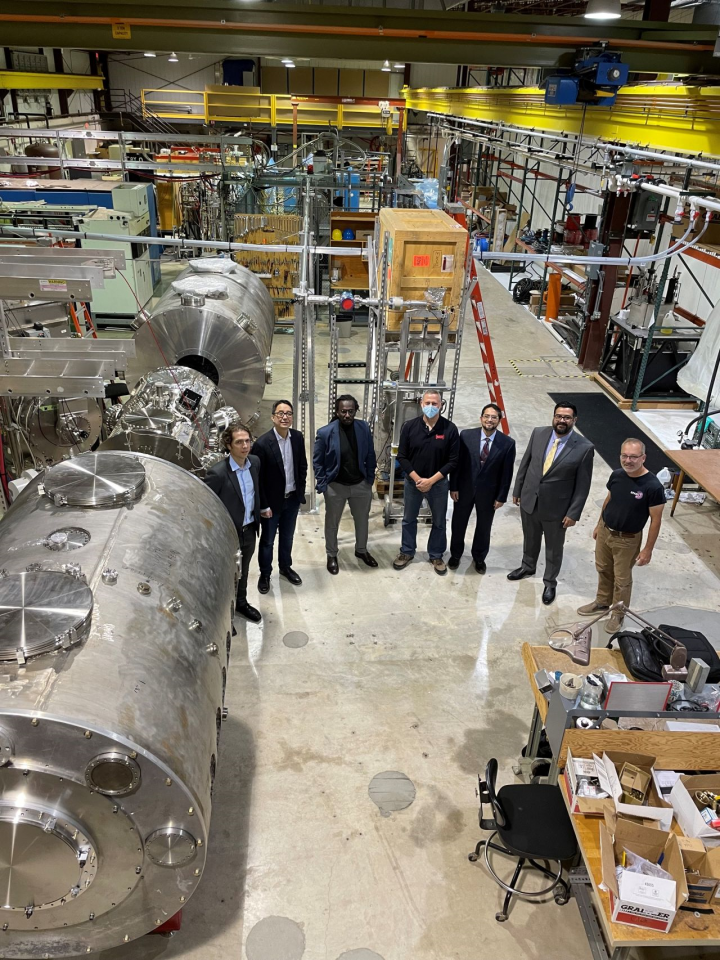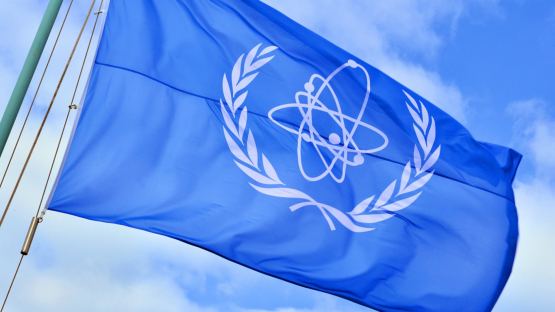IAEA organizes and cohosts first World Fusion Energy Group meeting

Last week's inaugural ministerial meeting of the IAEA World Fusion Energy Group (WFEG), in Rome, Italy, drew government ministers and senior officials who represented “dozens of countries” interested in fusion energy technology.
The one-day meeting held at the Italian Ministry of Foreign Affairs and International Cooperation began just after the outcome of the U.S. election started to monopolize news feeds. But while news from the first WFEG meeting—co-organized by the International Atomic Energy Agency and Italy—might have been overshadowed, it set the stage for future work in fusion. According to the IAEA, participants agreed that “cross-border collaboration” is essential to accelerate the transition from fusion research to commercialization, and speakers highlighted the need to work together to establish international supply chains and develop a fusion workforce.
Speaking for fusion: “The fusion sector is experiencing an unprecedented transformation, driven by scientific breakthroughs, combined with a surge in private sector investment,” said IAEA director general Rafael Mariano Grossi, who delivered an opening speech at the meeting.
The IAEA established the WFEG last year to “act as a catalyst” and bring together public and private sectors, industry, academia, and civil society to “form a cohesive global fusion community.”
“The strong attendance at today’s meeting clearly demonstrates the growing optimism about the immense potential of fusion energy as a long-term clean energy solution,” Grossi said. “Until recently, fusion energy had been a distant dream, but now with burgeoning private sector involvement and major technical breakthroughs, it seems fusion's realization is now within reach.”
Italy’s undersecretary of state Alfredo Mantovano also delivered an opening speech on behalf of Italian prime minister Giorgia Meloni. “It is no coincidence that the World Fusion Energy Group is gathering for the first time in Italy,” Mantovano said. “We are here thanks to our tradition, our prestige in the field of scientific research, and the key contribution that Italy has made to global technological progress.”
New publications: The IAEA took the opportunity of the WFEG’s first meeting to release two fusion publications—the World Fusion Outlook 2024 and Fusion Key Elements.
Now in its second edition, the World Fusion Outlook 2024 highlights emerging plant concepts, projected development timelines, policy frameworks, and trends in public and private investment.
It logs “at least 20 fusion energy plant concepts . . . at various stages of development in ten countries with the target completion dates ranging between the late-2020s and mid-2050s.” Those concepts are being developed by governments, private companies, and public-private joint ventures.
Fusion Key Elements identifies six key elements that “form the foundation of a unified strategy to navigate challenges and seize the opportunities inherent in fusion energy development”:
- Research, development, and demonstration priorities and metrics, as well as commercialization milestones.
- Resources, workforce, and knowledge management for industrialization.
- Safety, security, and nonproliferation.
- Global collaboration.
- Roles of stakeholders.
- Public engagement, outreach, and communication.










